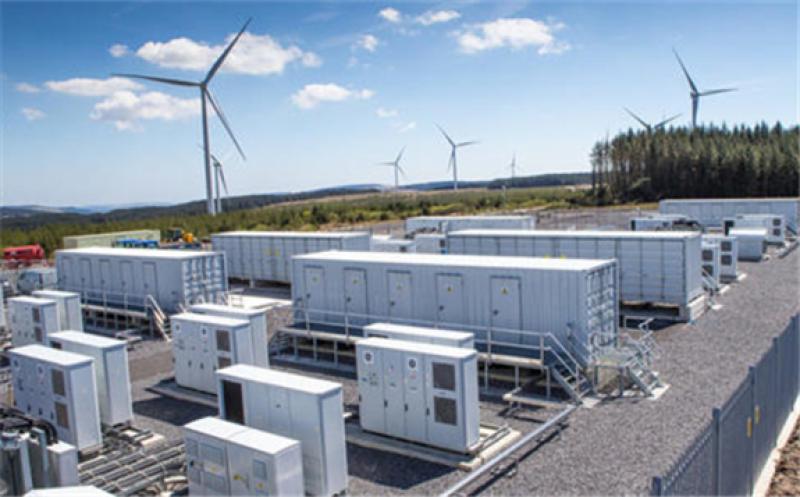The Philippine energy planners will be pushing for battery energy storage systems (BESS) as key support technology for the targeted mammoth renewable energy (RE) installations that will be ushered in by the implementation of the country’s Renewable Portfolio Standards (RPS) policy.

Since bulk of the proposed RE projects are currently leaning on solar technology, National Renewable Energy Board (NREB) Chairperson Monalisa C. Dimalanta indicated that “there’s a need for a lot of delicate balancing act, including grid planning and clear framework for energy storage.”
Aside from solar that may top 10,000MW of installations, there are also indicative projects for more than 2,800MW wind capacity, which is another intermittent technology that needs to be backed by battery storage or flexible generating facilities like gas.
Fears are being raised on probable blackouts or power interruptions that the country would suffer from – similar to what is happening in California now, if forward RE installations primarily for solar would not be efficiently planned and reliably integrated into the power system.
There are raging debates in California on whether its heavy reliance on renewables – primarily wind and solar – had triggered its menacing blackouts this August; or if there had been missteps in the State’s energy planning that is now instigating its energy supply predicaments.
For the Philippines, the Department of Energy (DOE) is currently updating the country’s energy plan, hence, NREB emphasized that it will be actively participating in the process so the next round of RE developments in the country can be managed and calibrated based on the technical complexities of the domestic power system.
The energy department is similarly reviewing the volume that it will set for bidding next year – that is to determine the scale of renewables that it will integrate into the system based on the prescription of the RPS edict.
The initial figure crunched for RPS-anchored RE installations to be auctioned next year had been set at 2,000 megawatts, but the DOE said it revisited that calculation based on the actual demand of the distribution utilities (DUs) especially at the time when the pandemic withers and the country’s economy will already bounce back on to its recovery tempo.
As culled from the draft National Renewable Energy Plan (NREP), RE capacities anticipated to be added into the Philippine power system will reach as much as 30,723 megawatts through 2040 – that was jacked up from the original target of 15,304MW until year 2030.
“The program foresees that an additional 20,000MW RE capacity is expected to be mainstreamed and integrated into the grid in addition to the existing RE capacity,” the NREP stated.
NREB and DOE are expecting capital influx into the RE sector with the implementation of various policy mechanisms that will incentivize investments.
Aside from the RPS, the entry of RE projects shall also be underpinned by the net metering system that will then re-position consumers to become the producers also of their own energy supply; and in parallel, there is the Green Energy Option Program (GEOP) that will empower end-users to directly contract or source supply from their preferred RE suppliers or generators.